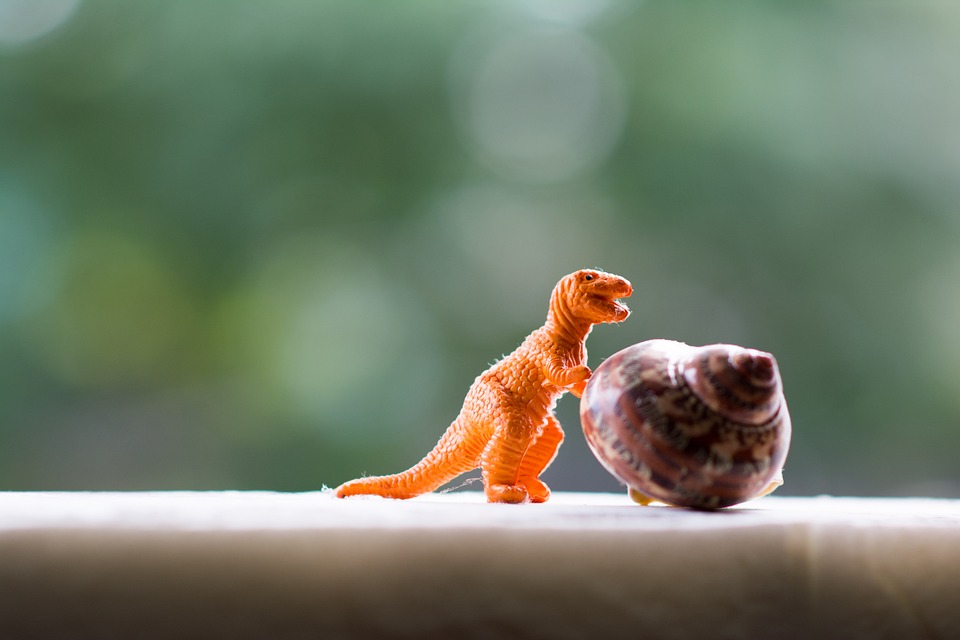Fish behavior in aquariums can be affected by a variety of factors, and one important factor to consider is the size difference among the fish species. Understanding the impact of fish size difference on tank behavior is crucial for creating a harmonious and thriving aquatic environment. This article explores the dynamics of dominance and aggression that can arise due to varying sizes within a fish tank and addresses some frequently asked questions related to fish behavior and size difference.
Fish, like many other animals, establish dominance hierarchies within their groups and have hierarchical social structures. Dominance is typically established through aggressive behaviors such as chasing, fin nipping, or displaying territoriality. In a fish tank, these behaviors can become more pronounced when there is a significant size difference among the fish.
Larger fish tend to establish dominance more easily due to their physical advantage. Their size alone can intimidate smaller tank mates, leading to submissive behavior. Dominant fish often display territoriality and may actively defend their preferred areas within the tank, causing stress to smaller fish. In some cases, larger fish may even exhibit aggressive behaviors towards smaller fish, including fin nipping or chasing.
On the other hand, smaller fish in the tank often find themselves in subordinate positions due to their size disadvantage. They may display submissive behaviors to avoid conflict with larger fish, such as hiding, avoiding confrontation, or adjusting their swimming patterns to minimize interactions.
The consequences of fish size difference on tank dynamics can be significant. The presence of dominant fish can lead to increased stress levels among smaller and subordinate fish. Continuous stress can compromise the immune system of smaller fish, making them more susceptible to diseases. Higher stress levels may also lead to reduced appetite and growth rates in smaller fish, hindering their overall health and well-being.
Dominant fish tend to monopolize resources such as food, hiding spots, or breeding areas. This can create challenges for smaller fish in accessing adequate nutrition or finding secure hiding spots, further impacting their growth and survival rates. Additionally, dominant fish may prevent smaller fish from engaging in breeding behaviors, reducing the chances of successful reproduction within the tank. This can have long-term consequences for the overall population dynamics and genetic diversity of the tank inhabitants.
To reduce aggression caused by fish size difference, providing ample hiding spots and creating a well-structured tank layout with plants, rocks, and other decorations can offer smaller fish safe spaces to retreat and reduce aggression. Introducing fish species with similar size ranges can also minimize dominance-related conflicts. Additionally, the size of the aquarium can impact aggression levels. Providing a larger tank with sufficient swimming space can help reduce territorial disputes and aggression caused by size difference.
If aggression becomes excessive and poses a threat to the well-being of smaller fish, it may be necessary to separate the aggressive fish into a different tank. This will help maintain a peaceful environment and prevent any harm to the tank inhabitants.
While dominance and aggression can be observed in most fish species, the extent and intensity may vary. Some species are inherently more aggressive, while others are relatively peaceful. Researching the specific behavioral traits of the fish species you wish to keep can help you make informed decisions when creating a harmonious aquarium community.
In conclusion, understanding the impact of fish size difference on tank behavior is crucial for creating a balanced and thriving aquarium. By considering the dynamics of dominance and aggression, aquarists can take appropriate measures to ensure the well-being and happiness of their fish. A harmonious aquatic environment not only enhances the beauty of the tank but also contributes to the overall health of its inhabitants.









